The Canadian Satellite Design Competition (CSDC) is a Canada-wide competition for teams of university students (undergraduate and graduate) to design and build low-cost satellite. The CSDC plans to subject the satellites in competition to full space qualification testing, and to launch the winning satellite into orbit to conduct science research. The CSDC is modeled after existing university engineering competitions, such as those sponsored by the National Aeronautics and Space Administration (NASA) or the Society for Automotive Engineers (SAE).
The winning teammates are members of Space Concordia, a student-run astronautical engineering association based in the Faculty of Engineering and Computer Science at the Concordia University in Montreal. The selection process was conducted by industry experts at the David Florida Laboratory of the Canadian Space Agency in Ottawa, a highly secured facility where commercial and research satellites from the United States and Europe are routinely tested. From twelve teams that initially entered the competition, Space Concordia Team was among only three to go for final testing. Alex Potapov, Mechanical Team Lead, answered a few questions about the Space Concordia cubesat mission.
Q: What is the scientific payload for the mission you are designing?
A: Our mission is to study the south Atlantic anomaly, more on that here. We plan on doing this by detecting high energy particles present in the region. Our spacecraft is equipped with a Geiger Counter operating in its proportional mode. This will allow us to determine not only the amount of radiation but also the type of particle present.
Q: What hardware do you intend to use? Off-the-shelf boards and software or are you developing your own?
A: Most of our components are of the shelf with the exception of several printed circuit boards. One of the more impressive and less accessible pieces of hardware is the Xiphos Q6, which is a sophisticated FPGA that will be used as the central computer of our satellite. The software is developed internally, and it is based on the Linux operating system.
Q: How do you intend to communicate with your satellite from the ground? UHF, Iridium modem, etc.?
A: The spacecraft will communicate with a ground station located near Montreal by means of an antenna that is capable of transmitting and receiving at UHF and VHF armature frequency bands. At this orbit we will have a communication window of about 10-11 min per pass. The communication system was entirely developed by Tiago Leao, PhD Candidate at Concordia University.
Q: How do you generate and store power onboard the satellite? Batteries, solar panels? Do you intend to use deployable solar panels?
A: The satellite is equipped with four solar arrays made of 6 ultra high efficiency solar cells each, these cells charge 4 lithium ion batteries. The solar cells are mounted to the body panels of the spacecraft and are not deployable. The entire power system was designed and developed by Ty Boer, an electrical engineering student at Concordia University.
Q: Does the attitude determination and control system rely solely on reaction wheels? How do you intend to unload them? Magnetorquers, cold gas thrusters, or have you developed a novel technique?
A: Our approach to ACS does not require any of the above, the philosophy behind the cubesat was to keep it as simple as possible and still perform its mission, therefore a passive ACS system was selected. The system contains of permanent magnets and hysteresis rods, this will allow us to remain stable through communication window. We also have sun sensors for telemetry data.
Q: Do you plan to have any orbit control systems onboard? What is the orbital profile of the mission?
A: No, there is no active orbit control on-board. The flight software has a look up table that it uses to determine the spacecraft position, this table is updated through TLE data. We then use this position to execute certain commands such as power on the transmitter to establish communication.
| Credit: Space Concordia Team / Concordia University |
Q: How do you plan to control the temperature onboard the satellite?
A: The satellite has a passive cooling system, and active heaters that keep critical components such as the batteries within operating range. Cooling is controlled by careful design of conductive elements and optical surfaces.
Q: Who are the members registered with your team? What areas of expertise do they represent?
A: The Space Concordia core team members are: Nick Sweet (Project Manager), Alex Potapov (Mechanical team lead), Tiago Leao (Communication systems lead), Ty Boer (Power system lead), Shawn Stoute (Command and data handling lead), Alex Teodor (Software system lead), Gregory Gibson (ACS and Payload lead), Ivan Ivanov (Manufacturing Lead and Mechanical Design), Mehdi Sabzalian (Procurement lead, Structural analysis, Administration), Robert Jakubowicz (Senior Software Developer), Stefanos Dermenakis (Mechanical design, Thermal analysis), Andrei Jones (Mechanical Harness Design). You can find more about the contributors to the project on our about page.
To find out more about the Space Concordia Team, you can visit the Space Concordia web page. More information about the Canadian Satellite Design Competition can be found on the CSDC web page.







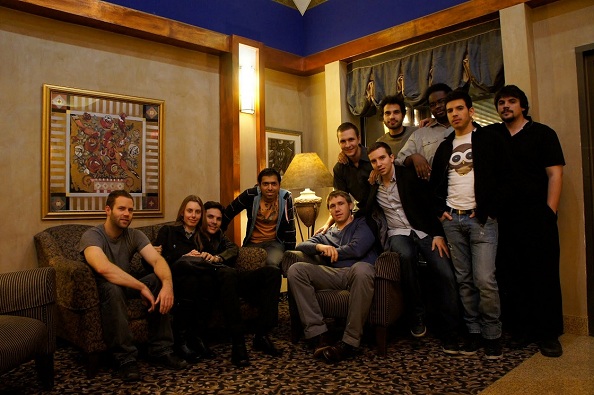






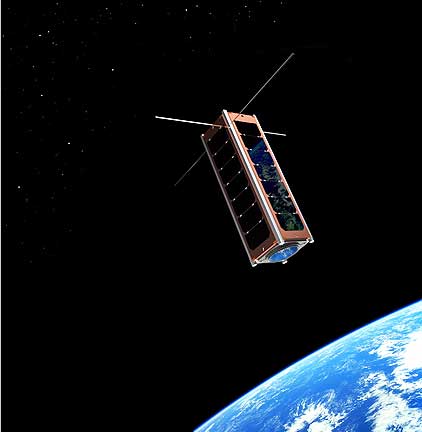
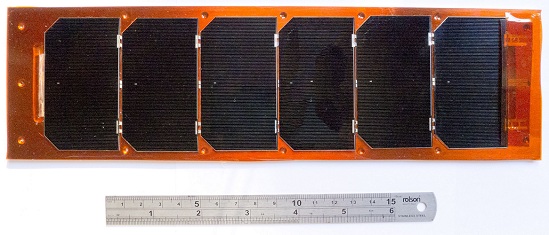
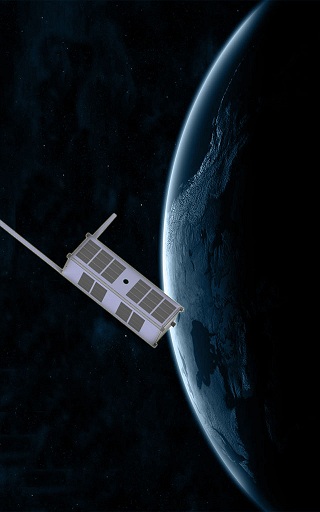
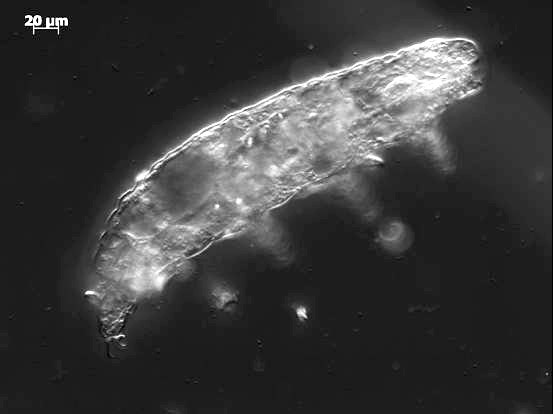
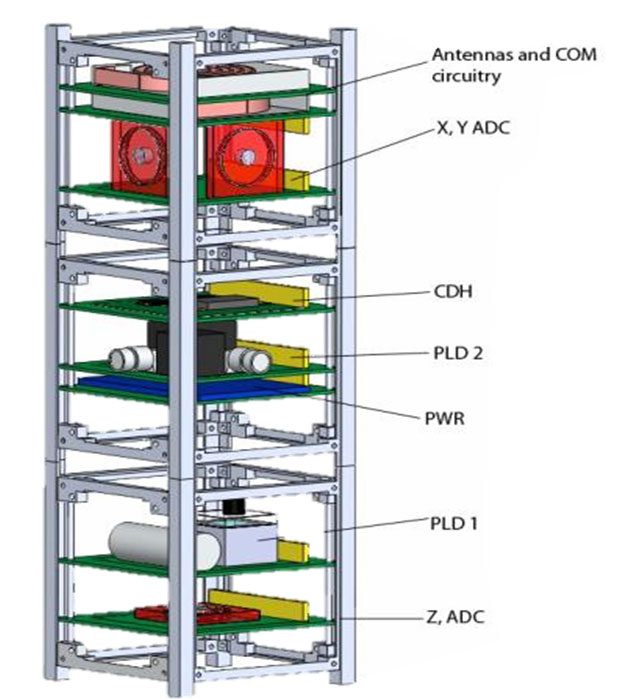



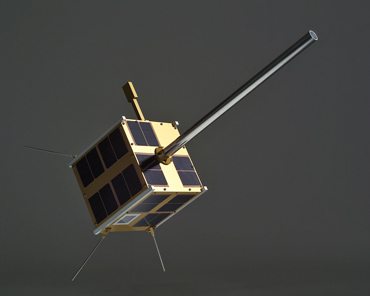
 Subscribe to blog posts using RSS
Subscribe to blog posts using RSS











